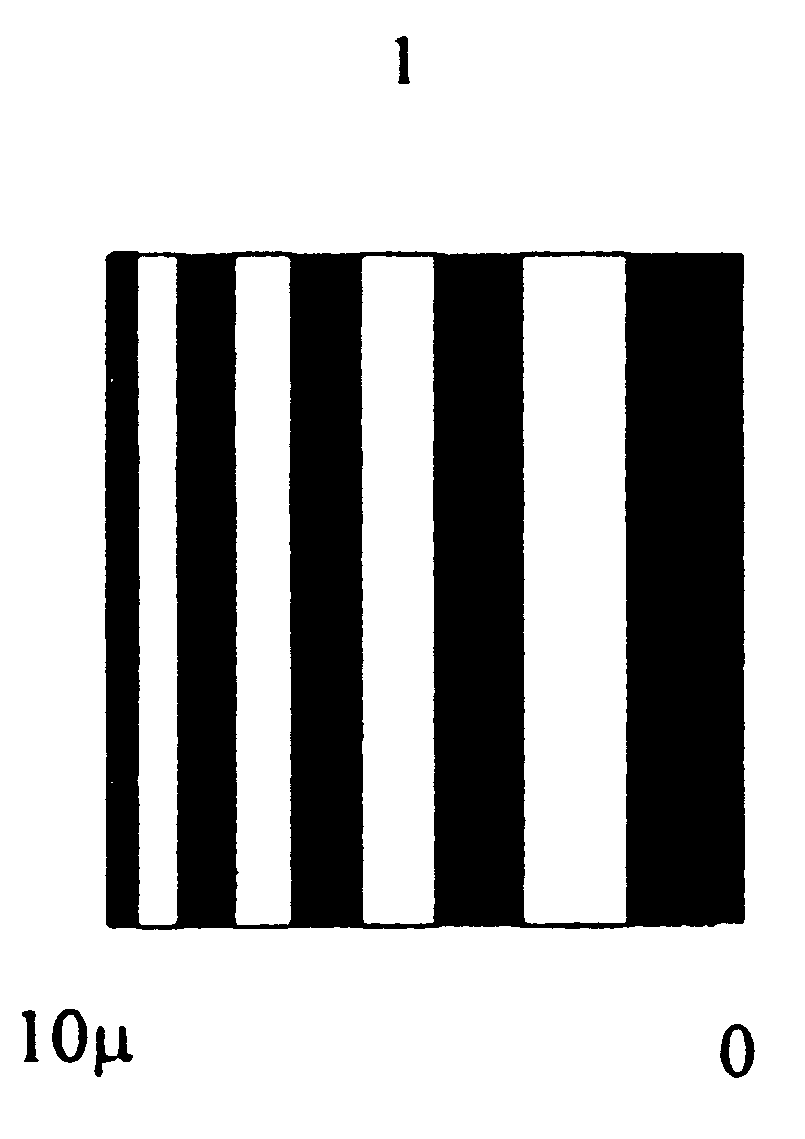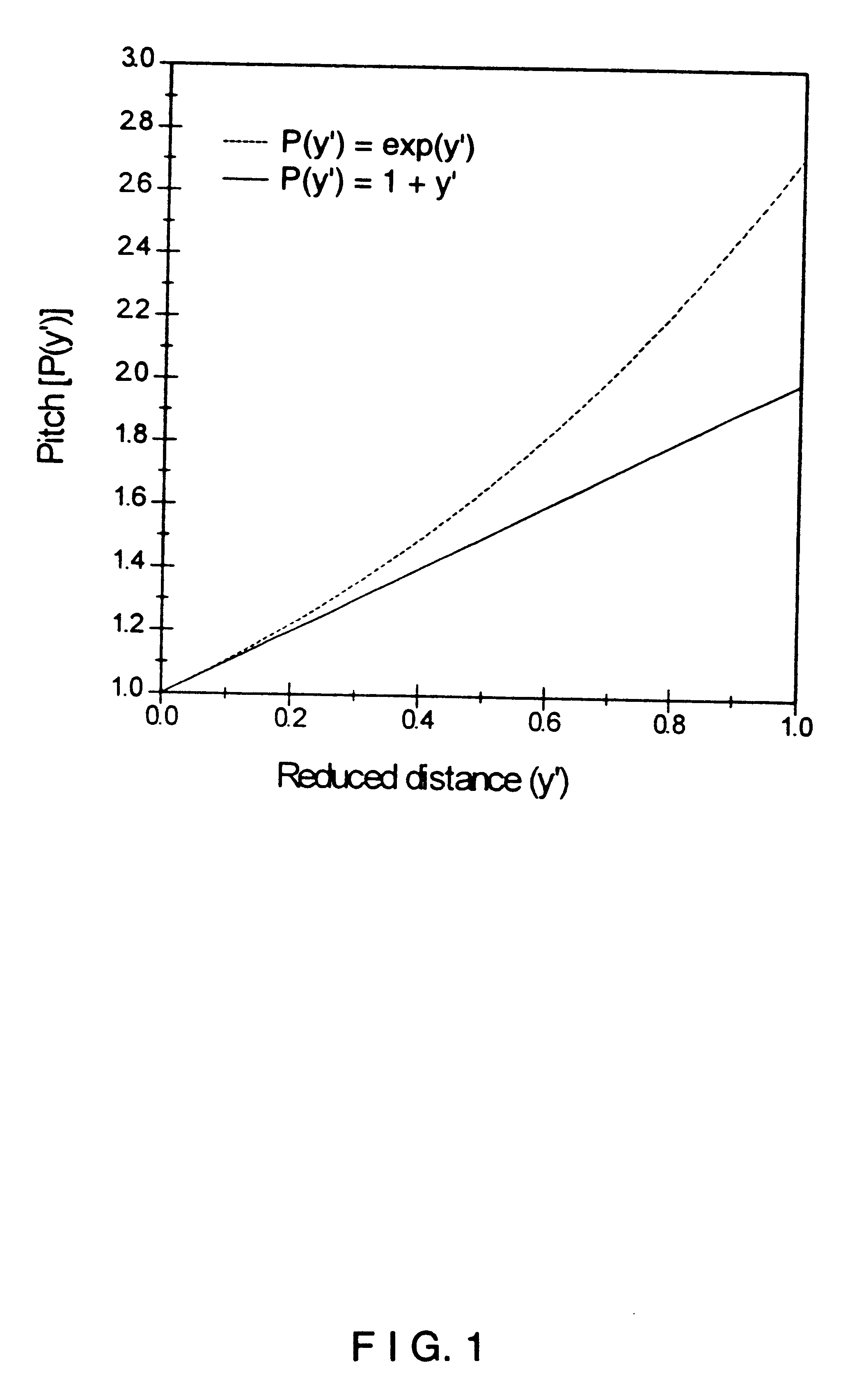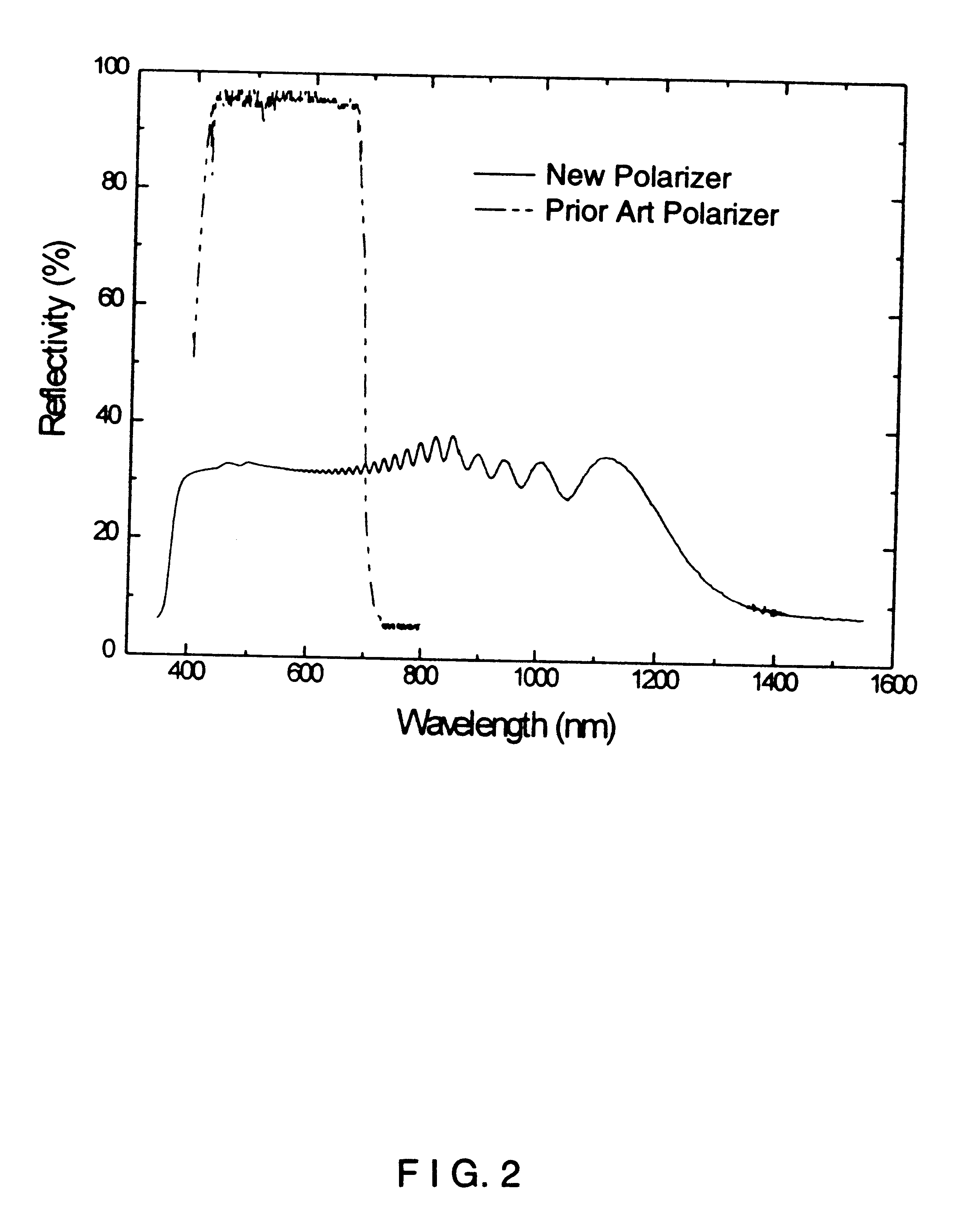Circularly polarizing reflective material having super broad-band reflection and transmission characteristics and method of fabricating and using same in diverse applications
a technology of polarizing material and transmission characteristics, applied in the direction of polarizing elements, door/window protective devices, instruments, etc., can solve the problems of restricting the many types of commercially available materials that can be used during manufacture, inadequate bandwidth characteristics in numerous applications, etc., to achieve super broad-band reflection and transmission characteristics. , the effect of improving
- Summary
- Abstract
- Description
- Claims
- Application Information
AI Technical Summary
Benefits of technology
Problems solved by technology
Method used
Image
Examples
example 1
In this example, the red compound of CLC polysiloxane (CC4070L) mentioned above, is blended with E31 nematic liquid crystal, also mentioned above. The red CC4070L has a left-handed twist sense and reflects at 690 nm when cured at 70.degree. C. The mixture contains E31 / CC4070L in a ratio of 1 / 2 by weight with 0.6% IG184 photoinitiator by weight. Photoinitiator IG184 is commercially available from Ciba Geigy, Hawthorne, N.Y. The mixture is introduced into a 20 glass cell and cured at an ultraviolet intensity of 0.047 mW / cm.sup.2 at a temperature, provided by a hotplate, of 92.degree. C. In this example, only the CLC polysiloxane material is polymerized while the nematic liquid crystal remains in the liquid state. After polymerization, spectral analysis of the resulting circularly polarizing film material was carried out on a Perkin-Elmer, Lambda 19 spectrophotometer. Both transmission and reflection spectra were taken with the left-hand, right-hand and unpolarized light. The resulting...
example 2
In this example, the blue compound of CLC polysiloxane (CC 4039L) and nematic liquid crystal (E31) are mixed in a ratio of 2:1 by weight along with photoinitiator (IG184) of 0.6% by weight. A 20 glass cell is used to provide a film of that thickness. The CLC is cured by a UV lamp of 0.047 mW / cm.sup.2 at 92.degree. C. The resulting polarizing layer covered a spectral band pass from 370 nm to 1,200 nm providing a super bandwidth polarizer of 830 nm, covering the whole visible and near IR spectral band. As with Example 1, the liquid crystal material (E31) remains in the liquid state after curing. After polymerization (i.e. curing), spectral analysis of the resulting circularly polarizing film material was carried out on a Perkin-Elmer, Lambda 19 spectrophotometer. Both transmission and reflection spectra were taken with the left-hand, right-hand and unpolarized light.
example 3
The two previous example utilized CLC polysiloxanes which had a left-handed twist sense. In this third example, a CLC polysiloxane having a right-handed helical (twist) sense is utilized. A blue compound (CC4070R) with such a twist sense is commercially available from Wacker, GmbH, Germany and reflects right-handed circular light at 390 nm when cured at 70.degree. C. A nematic liquid crystal material (M15) commercially available from EM Industries, Germany, is mixed with the CLC polysiloxane material (CC4070R) in a ratio of 1:2 by weight with 1% IG184 photoinitiator by weight. The mixture is sandwiched between the plates of a 20 mm thick and cured at a UV intensity of 0.047 mW / cm.sup.2 at 122.degree. C. The resulting circularly polarizing film material reflective of right-hand circularly polarized light, covered a spectral band pass from 520 nm to 920 nm providing a super broad bandwidth polarizer of 400 nm. After curing (i.e. polymerization), the non-polymerizable liquid crystal (M...
PUM
| Property | Measurement | Unit |
|---|---|---|
| wavelengths | aaaaa | aaaaa |
| temperature | aaaaa | aaaaa |
| temperature | aaaaa | aaaaa |
Abstract
Description
Claims
Application Information
 Login to View More
Login to View More - R&D
- Intellectual Property
- Life Sciences
- Materials
- Tech Scout
- Unparalleled Data Quality
- Higher Quality Content
- 60% Fewer Hallucinations
Browse by: Latest US Patents, China's latest patents, Technical Efficacy Thesaurus, Application Domain, Technology Topic, Popular Technical Reports.
© 2025 PatSnap. All rights reserved.Legal|Privacy policy|Modern Slavery Act Transparency Statement|Sitemap|About US| Contact US: help@patsnap.com



